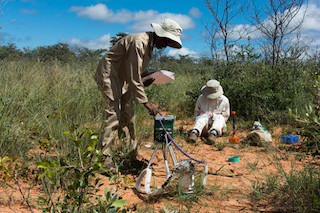
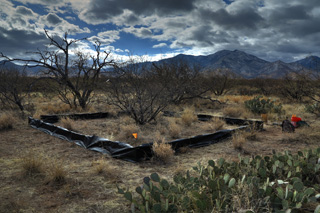


There has been a dramatic increase in the abundance and cover of woody plants (trees and shrubs) in grasslands and savannas globally over the past century. This proliferation of woody vegetation, as well as management approaches to combat it (e.g., prescribed burning, herbicide application, and mechanical removal), may affect local, regional, and global C and N cycles. We are currently involved in several different projects that use field studies and ecosystem modeling to explore how woody plants affect C and N pools and processes. We are particularly interested in the role of spatial and temporal heterogeneity in these systems and soil C stabilization processes.
Examples of this research:
Throop & Archer 2008 Global Change Biology
Throop et al. 2013 Biogeochemistry
Throop et al. 2012 Oecologia.
Demarco et al. 2016 Plant and Soil.
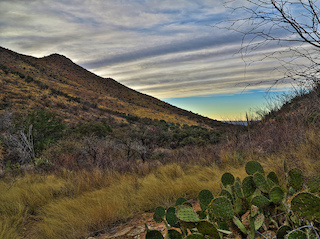
Litter decomposition is an important biogeochemical process. The controls over decomposition are poorly understood in arid and semi-arid systems (drylands) relative to mesic systems. Recent work suggests that abiotic drivers of decomposition such as UV photodegradation and soil-litter mixing may play a unique role in dryland decomposition. We are conducting a series of laboratory and field experiments to explore these drivers.
Examples of this research:
Throop & Archer 2007 Ecological Applications
Lee et al. 2012 Global Change Biology
Barnes et al. 2015 Progress in Botany
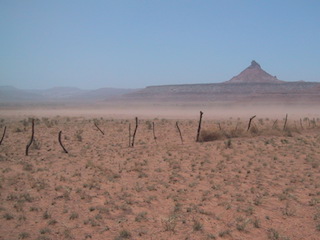
Dryland systems are expected to be strongly affected by future changes in climate. We have several projects exploring the impacts of changing precipitation regimes on plant ecophysiology, litter decomposition, and carbon cycling. For example, we have found that increasing aridity may lead to greater heterogeneity in biogeochemical cycling between woody canopy and intercanopy microsites. We are also working across rainfall gradients in Australia and Namibia to understand moisture controls over carbon cycling.
Examples of this research:
Throop et al. 2012 Oecologia
de Graaff et al. 2014 Ecosystems
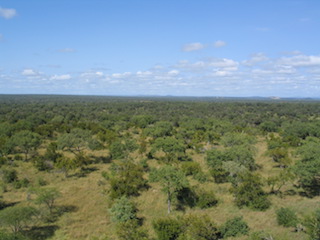
Recent work has made such progress understanding relationships between plant diversity and ecosystem processes. In contrast, we have very limited understanding of impacts of soil organism diversity. Losses of soil biodiversity appear to strongly impact soil C cycling processes, although teasing diversity impacts are complicated by methodological concerns, including different possible classifications of diversity for difficult-to-study soil organisms (e.g. taxonomic, function, body size).
Examples of this research:
Kardol et al. 2016 Soil Biology and Biochemistry
de Graaf et al. 2015 SOIL
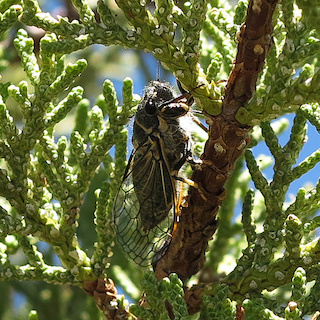
Currently, we have two projects exploring the impact of small mammals on soil carbon pools. We are fortunate to be able to work in The Portal Project in southwestern Arizona. Thanks to all the past and present researchers at this site who have maintained this long-term manipulative study! We are also quantifying the impact of wood rat middens on soil carbon cycling at the Jornada Basin LTER. We have also worked on understanding how insect herbivores respond to atmospheric nitrogen deposition and the role of herbivory in plant invasions.
Examples of this research:
Throop & Lerdau 2004 Ecosystems
Throop et al. 2004 Global Change Biology
Funk & Throop 2010 Oecologia